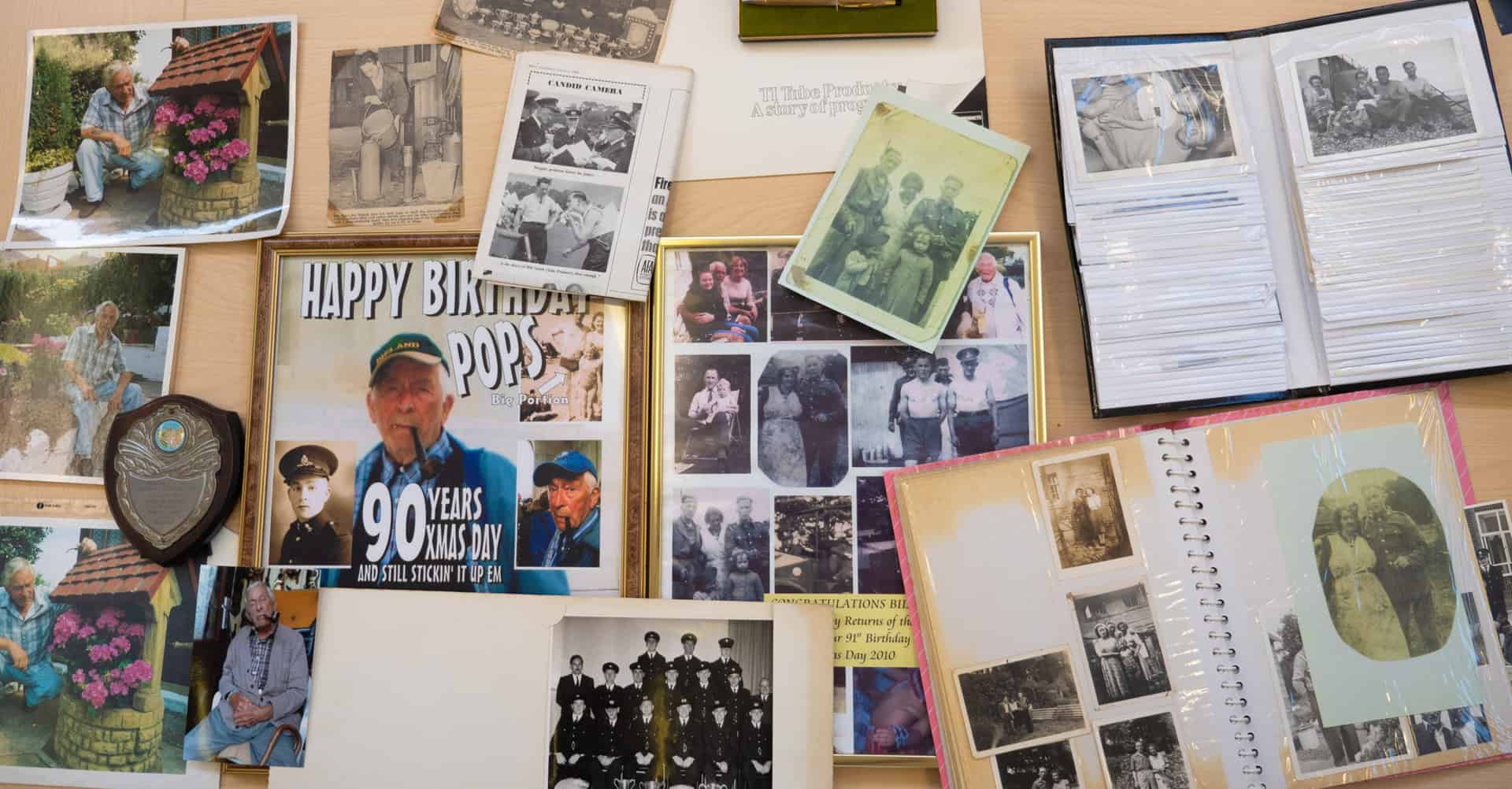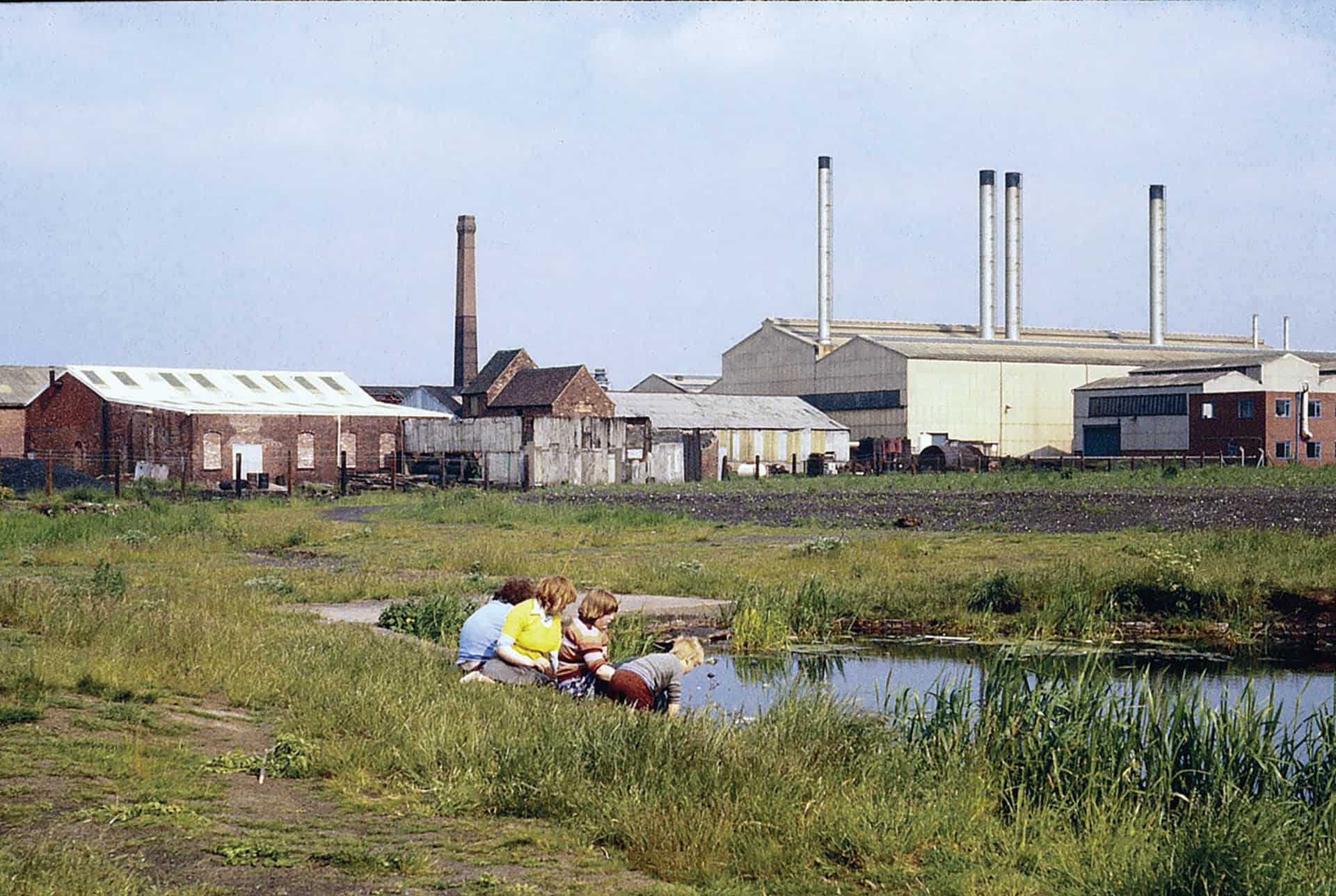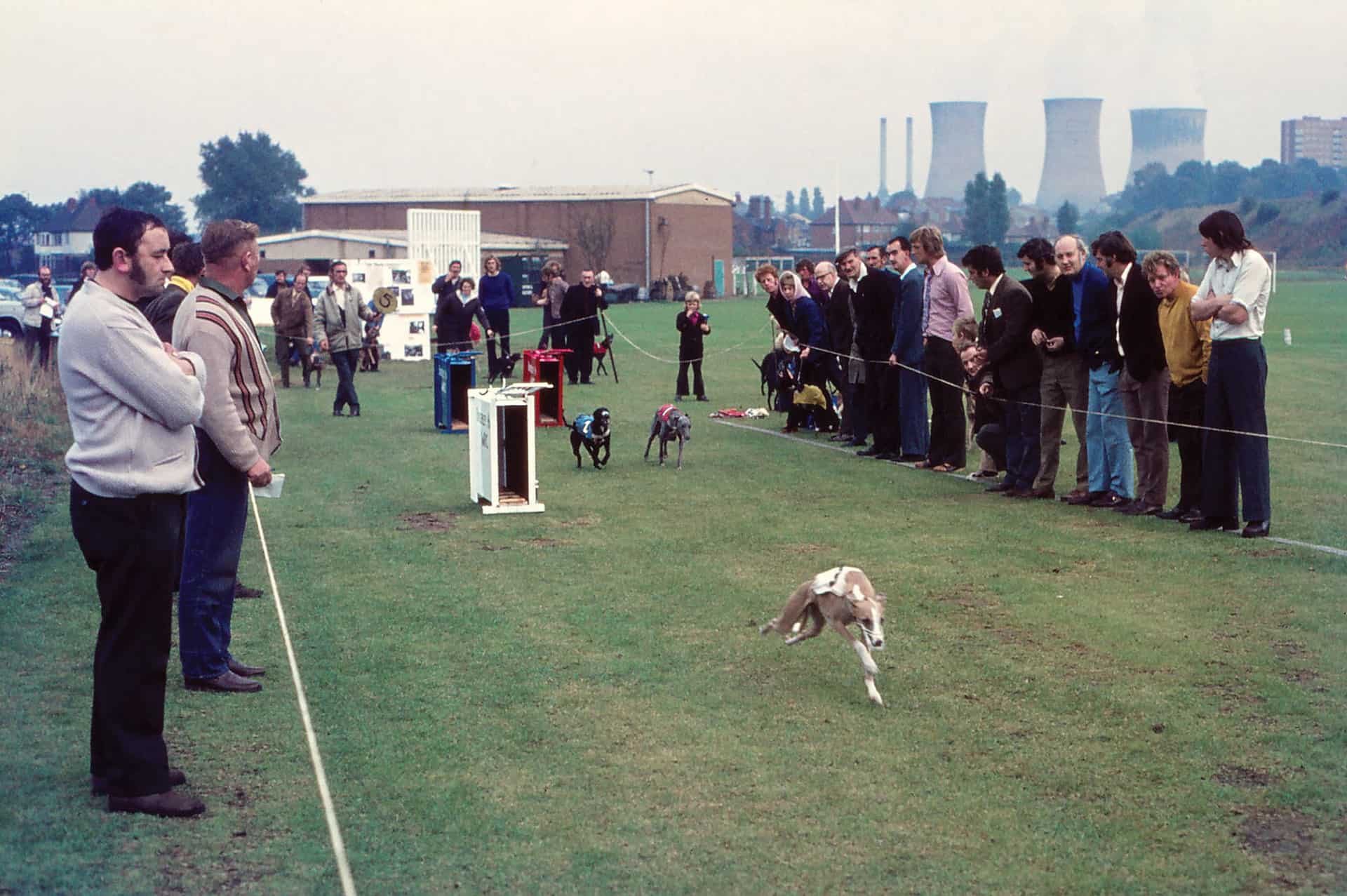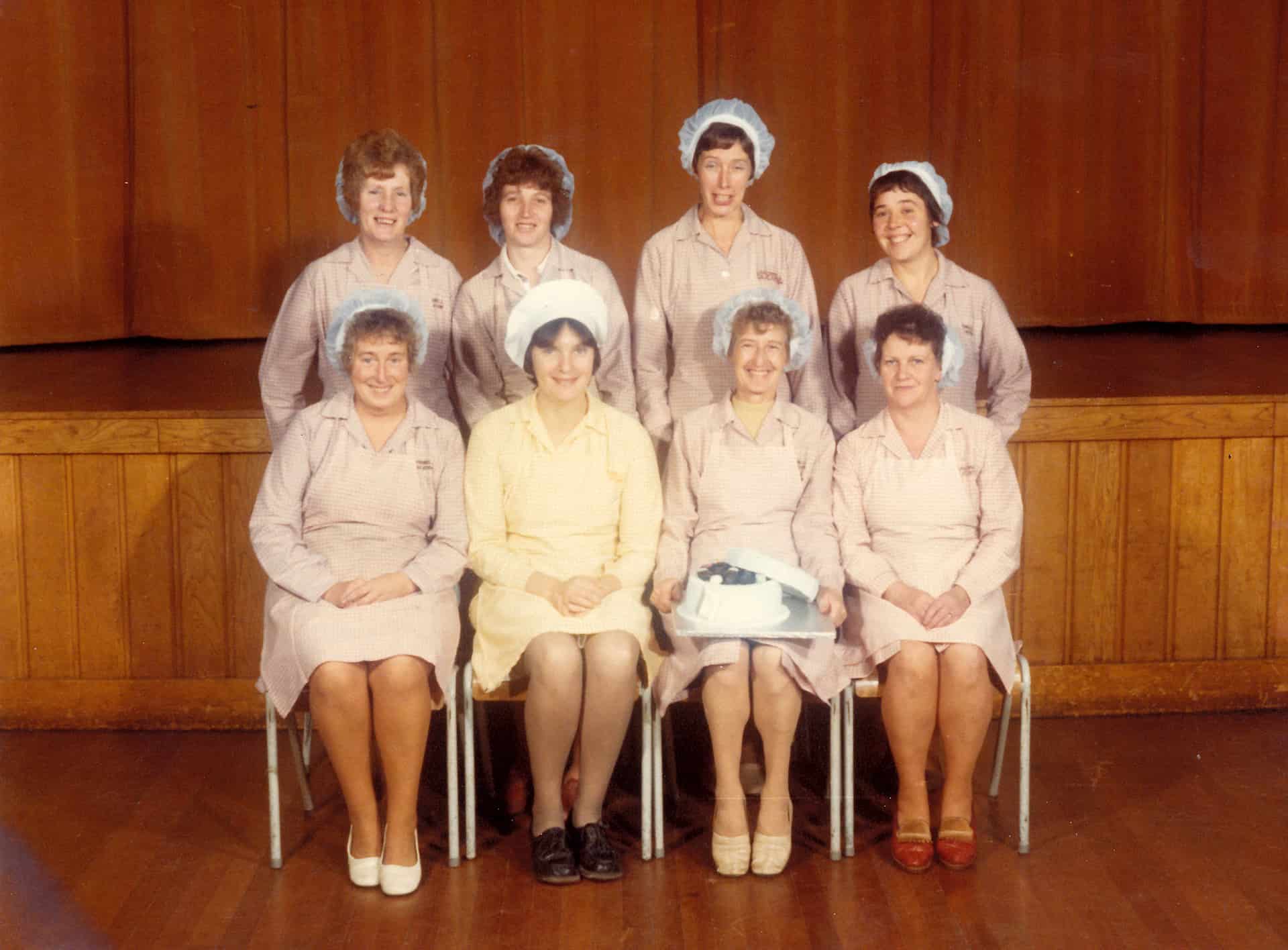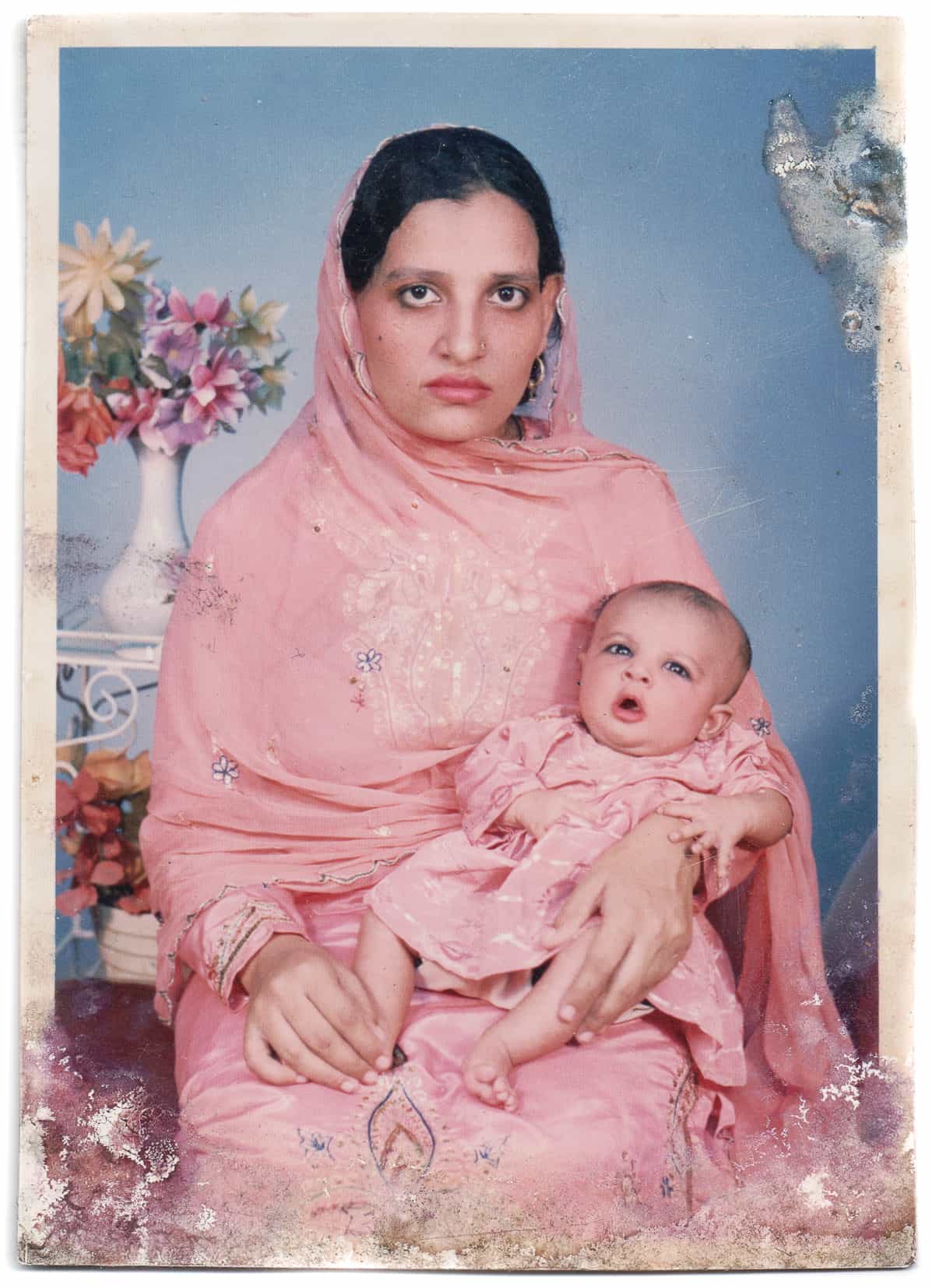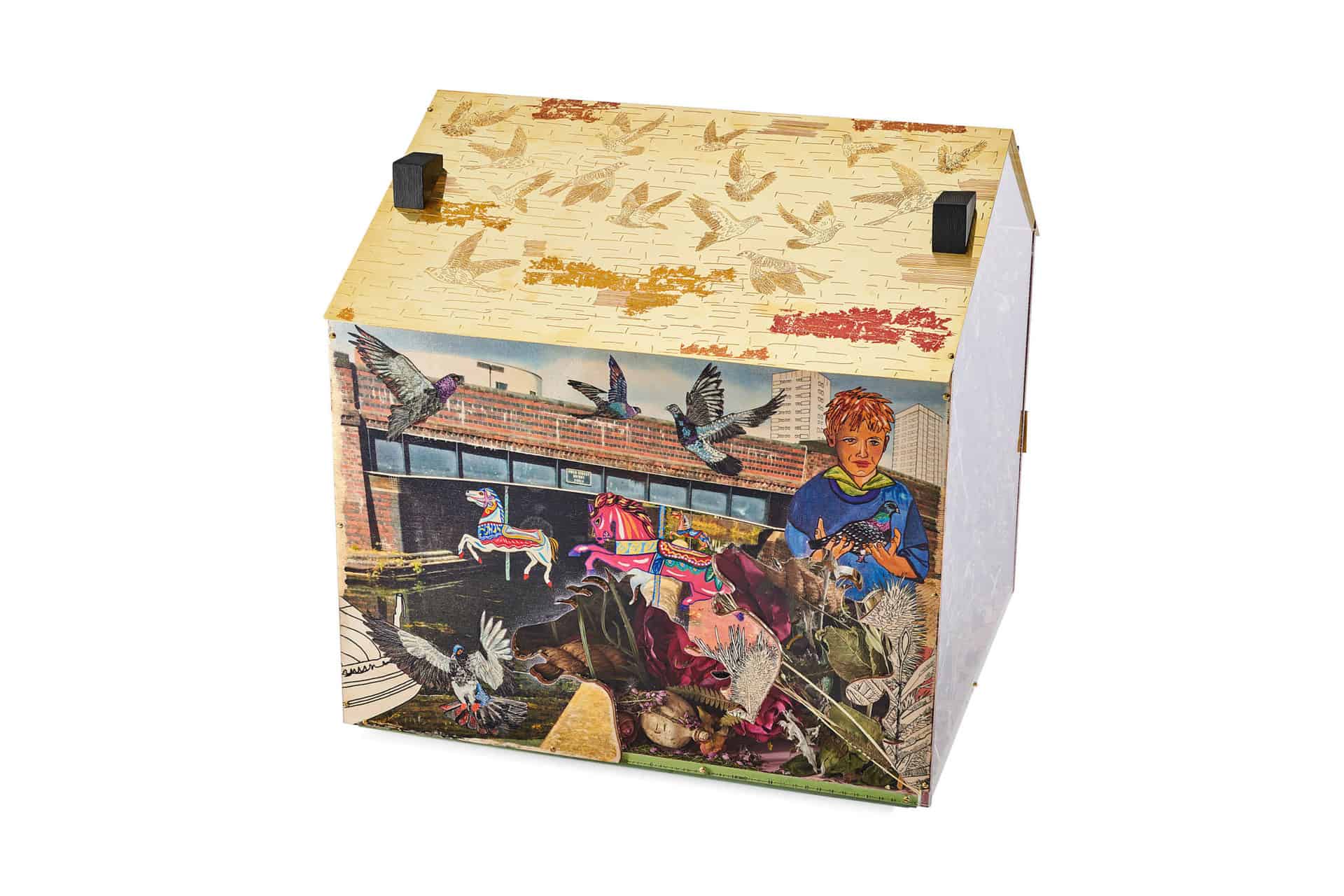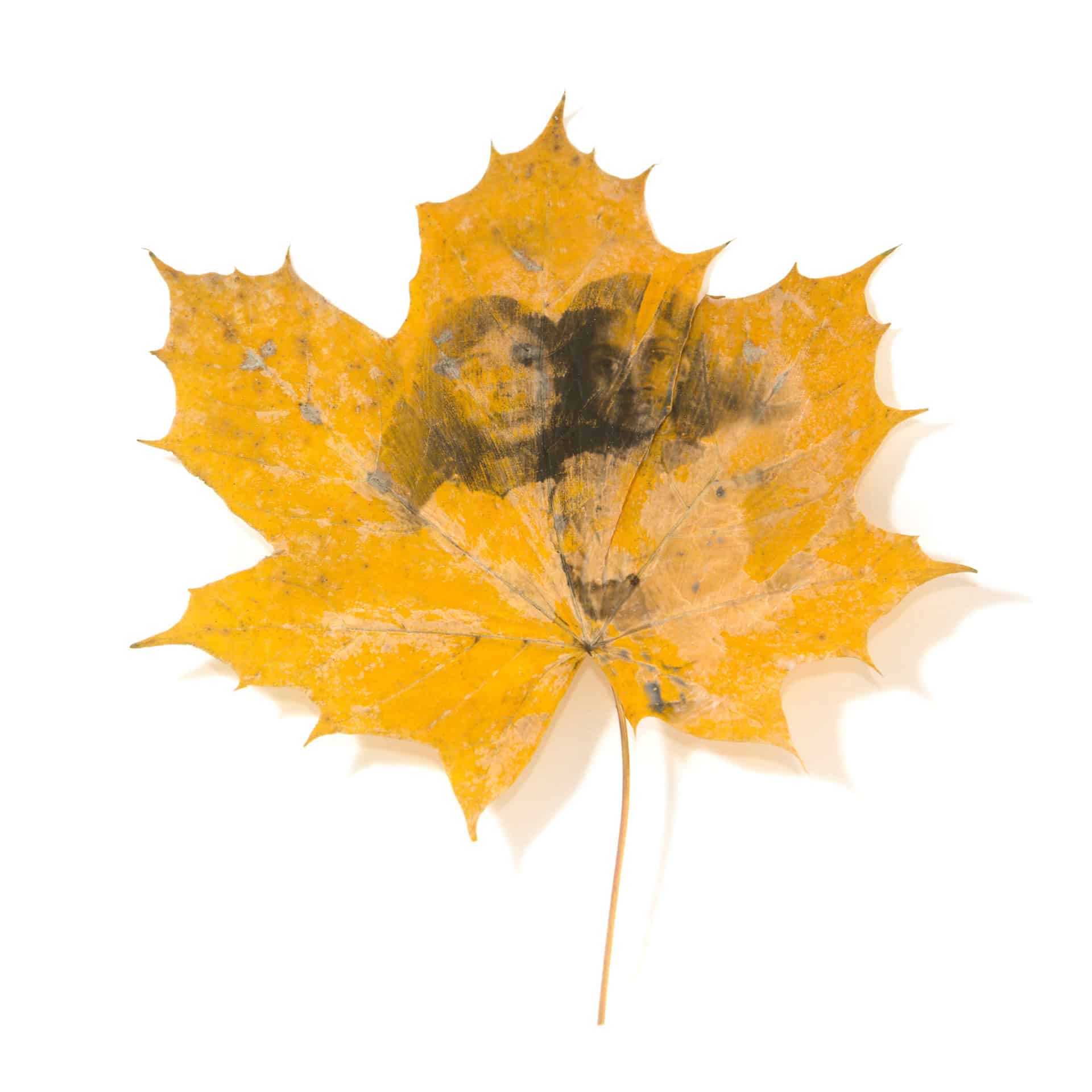About the Living Memory Project
The Living Memory Project explores, records and celebrates everyday life stories connected to personal images, family albums and collections of photographs made over the last 80 years. There has been a profound transformation over the last two decades in how we use photography to record and tell stories about ourselves, and this recognition was the stimulus for the project. The project ran from 2018 to 2020 and was primarily funded by the National Lottery Heritage Fund, with significant additional funding from Arts Council England and Sandwell Borough Council.
How we use our photographs
The way we take, share and store our photographs has fundamentally changed with the advent of digital technology and the rise of social media. Film and print-based photography, with us for over 150 years, has been rapidly superseded by compact cameras and mobile devices. The practice of printing and storing our favourite photos in albums, shoeboxes, or biscuit tins has rapidly become outdated.
We now live in a world where we can record an unlimited number of images and then instantaneously review, edit and share them online via social media and instant messaging. The transition from print-based photography to integrated digital technologies alters how we take, store, share and interpret our photos. As we consider this transition, the key question is — what are we losing and what have we gained? This question is a thread weaving through the Living Memory Project.
Our starting point is the traditional album and print collections, an invaluable record of how we used photography to record, treasure and tell stories about our everyday lives over time. This way of actively recording and narrating our lives, giving meaning and connection, is coming to an end, as we move into the ‘endless now’ of digital photography and social media. Traditional albums and the stories they hold are at risk of being forgotten, discarded and lost. We believe they are an important part of our cultural heritage and should be understood, preserved and celebrated.
The photographs stored in family albums and collections were usually made for private enjoyment and reflection. Traditional family albums and collections are real, physical objects held in one place. The album was (and sometimes still is) a cherished object to be brought out, physically held and passed around, while stories were told linking the past with the present and the dead with the living. The photographs are often curated and organised by one or more ‘album-keepers’ to help tell stories about us. This us is usually family members, relatives and close friends who are sporadically photographed over a lifetime. These photographs stored in our albums stimulate memories and stories, allowing us to recover moments in the past and see life unfolding along a connected continuum.
We use our digital photographs in much more complex ways. While many images are still made for private use, social media platforms such as Facebook and Instagram blur the boundaries between private and public. Our digital photographs are often shared electronically with friends and family members, but this can seamlessly include our wider community as well as strangers. While some of our photos echo the genre of the traditional snapshot – capturing loved ones, special places and celebratory events — they also include almost anything deemed notable in daily life – the things we do, the food we eat and so on. And as we are all potentially image-makers with our digital recording device (usually the mobile phone), they more readily tell the individual story of me and of moments of my life, rather than telling a collective story of us. In a moment, images can be shared on social media, entering an endless stream with countless others vying for attention in the constantly scrolling feed. Our images are co-opted into a system based on ‘likes’, a concept relying on others’ validation and approval, and designed to create addictive behaviour. In this way, the digital environment fosters the ego’s need for ranking in a hierarchical world. This is in stark contrast to the traditional print album, which encouraged connection and kinship.
As digital storage and online sharing become ubiquitous, updating the family album and collections of printed snapshots is now mostly discontinued. To maintain a real album or collection goes against the flow of technology, requiring time, money and commitment. The potentially long life-span of photographs stored in albums and collections (we regularly encountered images dating back to start of the twentieth century) has been superseded by digital images that are mostly ephemeral. The constant evolution of digital technology means our recording and storage devices quickly become obsolete. How many of today’s digital photographs will still be accessible in 10, 20 or 50 years’ time?
What will happen to the family album?
As a visual record, the family album (or a box of snapshots) has meaning only when its maker or keeper interprets the images with their own stories. Intimate, personal and subjective, the images were made by non-professionals for private use. They are a fragile form of living history, only fully understood through oral storytelling.
These photographs form a type of popular history that for the most part exists outside of our local and national archives, cultural institutions and media spaces of film and television. Often when they enter the archives, museums and gallery spaces, or are found in flea markets, they are changed, separated from the stories of their keepers or those who made them. They float free of meaning and can drift as purely historical artefacts, cultural curiosities, or labelled ‘accidental’ art.
This was the task of the Living Memory Project, to gather and preserve some of the stories connected to printed photographs, and to understand how people used them to capture, tell and make sense of their lives.
The Black Country: photography and everyday life stories
We worked across the Black Country in the West Midlands, one of the most culturally diverse regions in the UK with over one million residents. Once the heart of the Industrial Revolution that began over 250 years ago, local mining, quarrying, heavy industry and large-scale manufacturing have come and gone. The region has been forced to reinvent itself in an increasingly complex post-industrial world. It is an area built on migration, long attracting people from across the country and around the world to seek work, security and a better way of life.
The stories and photographs that we recorded reflect this physical and cultural backdrop, weaving themes of work, community, new beginnings and change. We recorded over 50 full-length and 65 short-form conversations with participants around a selection of personal photographs. We sought to ensure that our stories reflect the diversity of the region including cultural background, age and gender.
The process of recording, editing and sharing aspects of these stories was collaborative. Each participant played an active part in selecting their photographs, recording their stories, editing and amending the final version that would eventually be publicly shared online and feature in our exhibitions. The transcriptions are in keeping with the oral history tradition, true to the participant’s speech, including grammatical imperfections, vernacular language and distinct dialect.
Participants prepared for their recording session by choosing 10-15 photographs from their collection that were most important to them. They included the types of photographs that many of us may immediately recognise from our own family collections — portraits, holidays, family outings, weddings, community events, landscapes (rural and urban) and domestic scenes. Often they chose images that could be considered technically poor — out of focus, badly exposed, shaky — showing that images are rarely preserved and treasured for their technical quality, but for the memories, stories and feelings they embody. Some of the chosen images break with picture-taking conventions — unusual angles, framing and compositions — that arguably reveal the photographer’s willingness to be creative and playful. Other shared images are particularly personal, revealing the tenderness and intimacy that comes with close friendships and familial bonds, and showing that these photographs are made with the partial eye of the invested amateur.
As viewers we may look at these kinds of photographs with a sense of familiarity and intrigue — we know these types of photographs, the people depicted could be us, but they are not. Who are they and how do we read them? It is the individual, personal stories that give them context and meaning. While familiar, the stories are also unique, unfolding around particular memories of childhood, family, community. As we read or listen to these stories alongside the chosen photographs, we start to understand the life of another. This personal encounter, in the teller’s own words, can stir in us feelings of empathy, connection and compassion, especially when the stories touch on loss, grief and trauma. These stories are not our stories, but they invite us to allow them to touch us, as they speak about love, joy, fortitude, adaptation, and resilience in the face of life’s challenges.
Sharing stories and photographs
We worked closely with the participants to share these stories and photographs in different ways. Many formed the heart of 12 temporary exhibitions we presented across the region, and were central to the final showcase exhibition at the New Art Gallery Walsall. They are the heart of this publication, taking up nearly 300 pages. We present summarised versions on the project’s website: www.livingmemory.live and have submitted full recordings and transcripts to the Sandwell Community History and Archives Service. We also commissioned filmmakers Lauren Hatchard and Olivia James to make a set of films about some of the stories that also can be found on the website.
The photography collections
The Living Memory Project explored and mapped some of the substantial photography collections and archives across the region. Over the last eighty years many local history enthusiasts have used photography to record the evolving landscape and social changes, resulting in collections that grow in cultural significance as time passes. These self-taught individuals used photography to reflect their passions, including people and place (Ned Williams), the decline and transformation of the Black Country canal network (Will King), and the decline and renewal of social and industrial architecture (Keith Hodgkins). Each articulates a deep love of people and place expressed through their photography and words. While some of their work has been shared through talks and bespoke publications, significant parts of these collections remain largely unknown, unseen and uncatalogued.
The joy of sharing: project events, exhibitions and creative workshops
The project hosted over 140 sharing sessions across the region, including temporary exhibitions, creative workshops, talks, collecting events, archive showcases and hands-on training sessions. We used these to inform, preserve and celebrate our rich photographic heritage with as many people as possible, so that they too would be aware of the cultural value of their own personal photographs and the stories they contain. We organised many micro-projects, commissioning practitioners to run a series of themed creative workshops to explore in very different ways the significance of personal collections, life stories and sense of place. We present highlights from some of these on our website and in the book.
Artists’ commissions: memory, story and imagination
Thanks to funding from Arts Council England, we were able to develop the rich and vibrant Living Memory Arts Programme. We commissioned 11 regional artists to work alongside five community-based organisations in the four Black Country boroughs, Sandwell, Dudley, Wolverhampton and Walsall. The artists were invited to respond to themes of the project and to develop and present new work. The commissions ran over a 12-month period, giving each artist time to make connections, explore new ideas, stories and places, and to delve into the Living Memory Project archive. They were encouraged to develop their commission in their own way, resulting in a rich programme of activities including creative workshops, pop-up photography booths, drop-in events, recording sessions, ‘walk and talks’, and presentations. In the Artists’ Commissions section, each artist tells the story of their commission, describing who they worked with and how their ideas developed, and presents examples of their new work.
Living Memory
The Living Memory Project sits alongside many other similar initiatives exploring and celebrating popular photographic archives and their stories in the UK and globally. What has made this project such a success has been the willingness of a wide range of individuals and groups to get involved and contribute in their own way. In this sense the project became a rich collaboration making it far more than the sum of its many parts.
We give thanks to all those who believed in the project and worked hard to make it happen. This includes project funders, advisors, partner organisations, participants, volunteers, artists, workshop facilitators, filmmakers, and contributing writers. With your support and involvement, we have been able to make a valuable contribution to understanding and celebrating the cultural value of our personal photographic archives and connected life stories. As social media and digital recording devices become ubiquitous, this project, and others like it, can help us to recognise that print-based family albums and amateur collections connected us with others. They were central to helping us tell meaningful stories about our lives and the lives of others, and in doing so instil a sense of belonging and continuity.
Geoff Broadway
Project Director
To get in touch email geoff@livingmemory.live
Or leave a voicemail on +44 (0)7850 176567
